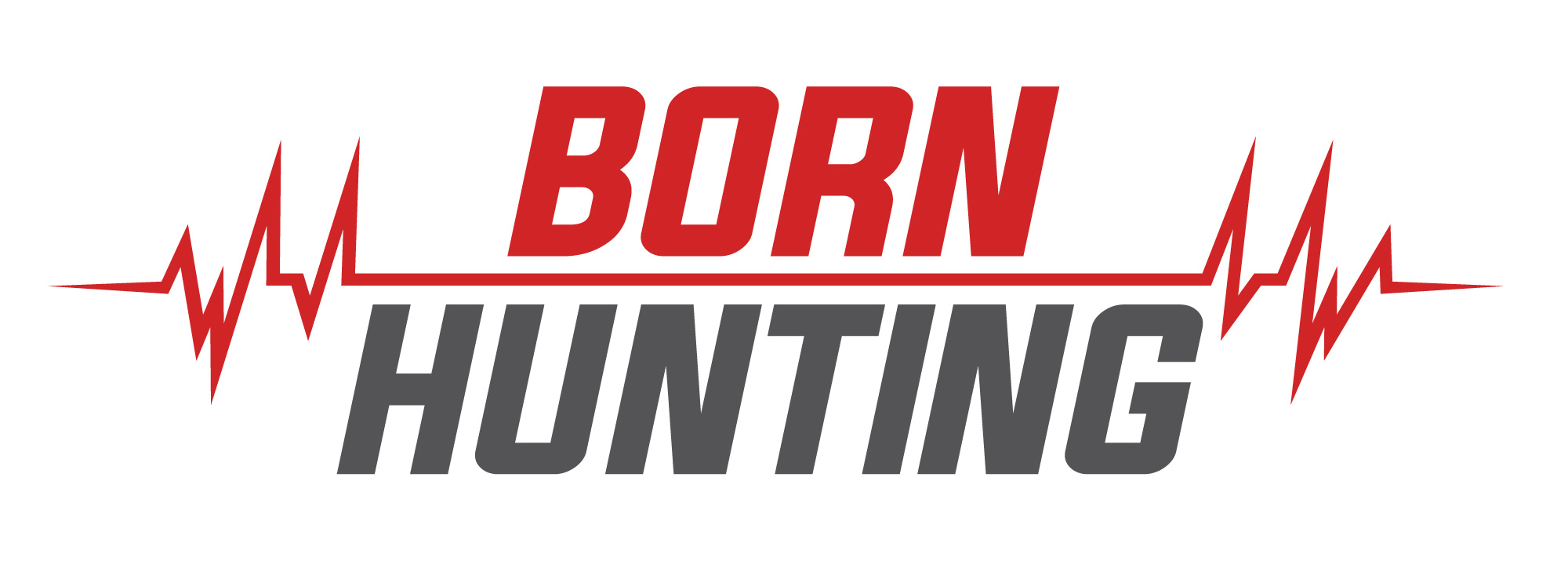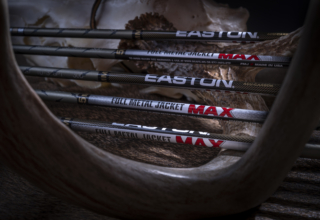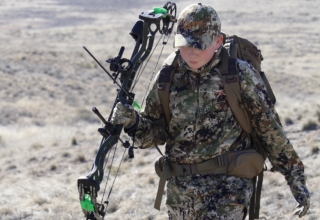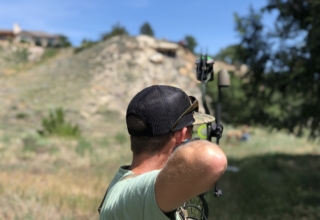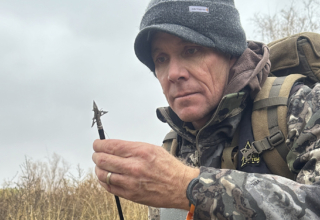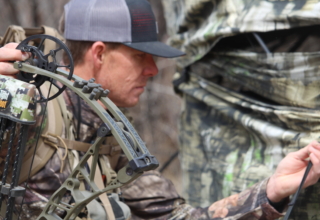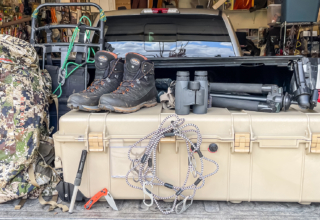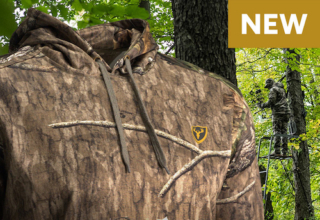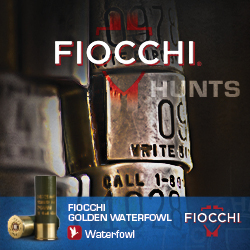If you want to dominate the West, a locale where the wind always blows and shots at game tend to be a little longer, there is no better arrow than Easton’s 4MM Axis Long Range.
by Jace Bauserman
Some people like fine wines — they collect them in cellars and pull them out for parties. I like arrows, and during my archery tenure, I’ve used a lot of them — both on the range and in the field. I don’t have a cellar dedicated to them, but I have an entire corner of my garage devoted to carbon and aluminum shafts — some dating back to 1995.
I could toss most of them, but I can’t make myself do it. Some are antiques. I have a dozen fletched and ready-to-fly Easton XX78 2216s along with various other makes and models.
The truth is: I love arrows. I love how far projectile manufacturers have pushed to give bowhunters and target archers the best possible shafts engineered for the weather, terrain, and animal I’m pursuing.
Let me explain.
Weather
About the weather, I’m not referring to snow and rain, but wind. Wind creates erratic arrow flight and is one of the most impactful conditions a bowhunter can face, whether trying to climb the podium or fill the freezer. Wind makes it hard for the archer to remain stable at full draw, and it negatively affects the arrow.
I do a lot of my bowhunting out West, and one factor I can always count on is the wind. Whether I’m coming to full draw on a pronghorn or sending carbon downrange behind my southeast Colorado home, the wind is constantly blowing. For this reason, I typically fill my fall quiver with Easton’s 4MM Axis Long Range.
I had excellent results with Easton’s 5MM Axis; the 4MM is even better. This micro-diameter arrow features Easton’s 100 percent carbon-fiber layup for boosted velocity and accuracy, which sweetens the pot. With such a small diameter, the wind has less surface area to press against. Less surface area means the wind will have a more challenging time pulling your arrow left or right — depending on the crosswind — which means increased accuracy for the bowhunter. A smaller diameter arrow takes control away from the wind.
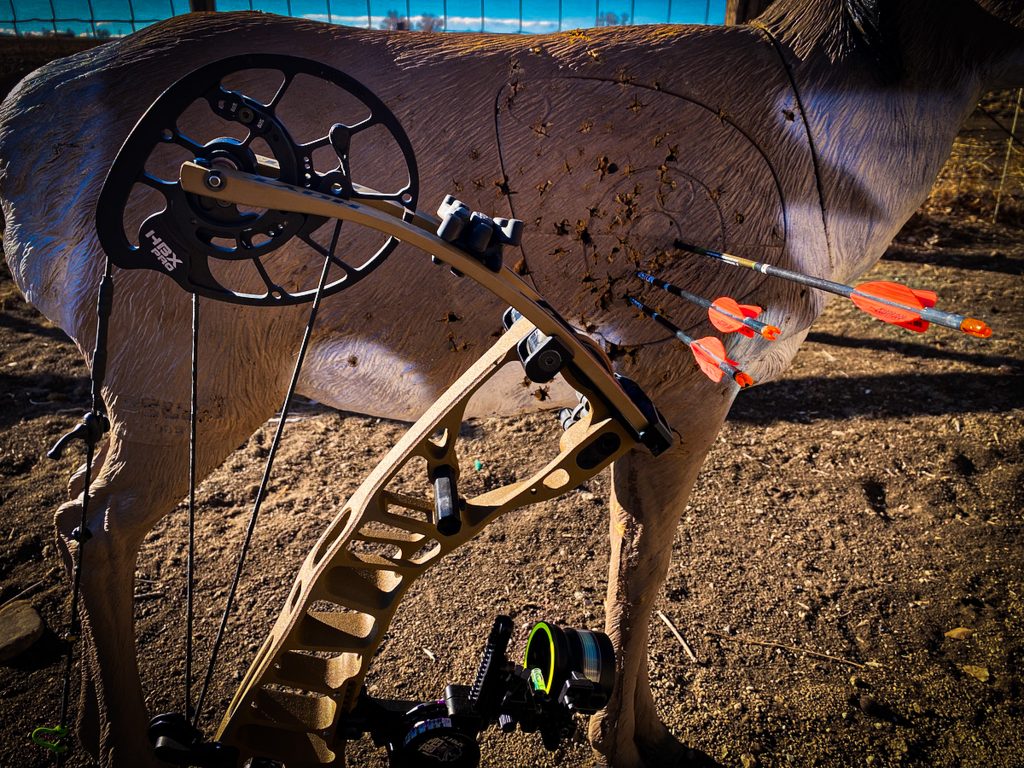
Yes, a strong crosswind will still affect these arrows, and you will still have some arrow drift; however, it will be much less severe. Easton’s 4MM Axis Long Range is hands-down the most accurate arrow I have ever shot, and when shooting in a crosswind, the arrow seems to recover quicker in flight. I’ve been highly impressed with the accuracy and penetration I’ve gotten on foam and actual game animals.
The make of the 4MM Long Range Axis ensures reduced friction in flight, and the arrow’s are optimized for better FOC (more to come on this), which ups accuracy and penetration.
Terrain
Yes, one arrow will shine over another based on the terrain you bowhunt. Now, if you’re sitting in a whitetail stand in the Midwest or a dense hardwood forest in New Hampshire, not so much. No, I’m not bashing the whitetail crowd. I’m a whitetail maniac and spend countless hours each fall 20 feet up a tree. I’m noting that shots in most whitetail situations are typically under 40 yards, and the build of the arrow isn’t as essential.
When you’re slithering across the sage-sprinkled plains like a worm hoping to inch bowhunting close to a pronghorn, planning a come-in-from-above route on an alpine basin muley, or drawing back on a big bull elk in a cedar-sprinkled landscape, the distance between you and your target may be a tad far.
How far? Your maximum efficient bowhunting range is not an argument I want to tackle. I believe each bowhunter knows how far is too far when taking a shot at a living, breathing creature. Pounding foam at long distances on the range is much different than a live hunting situation, and bowhunters should remember that it’s essential to use good woodsmanship and get as close to game as possible. My barrier out West is 70 yards, and for me to bend my limbs back and launch an arrow at an animal at this distance, that animal has to be oblivious to my presence.
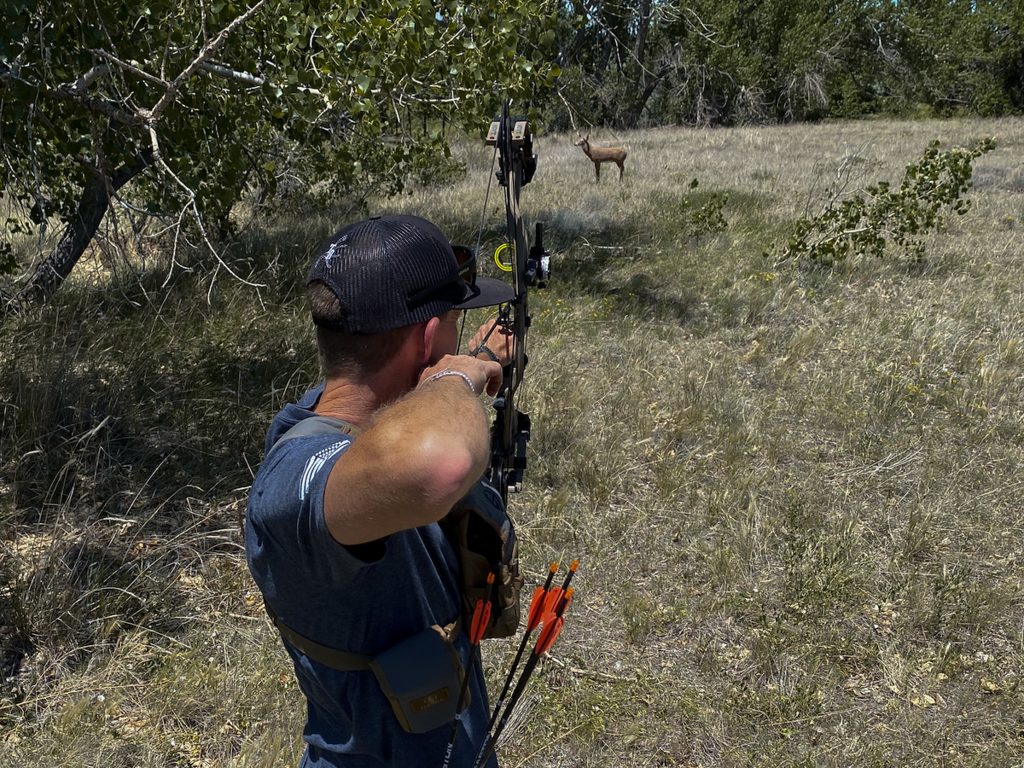
The 4MM Long Range Axis shines in the long-range game. Cut at 27-3/8 inches and fitted with Easton’s included 4MM 8-32 (50 grain) Aluminum Half-out inserts and 4MM MicroLite Nocks, my 340 spine 4MM Long Range Axis arrows measure 28-7/8 inches finished. Total arrow weight with four AAE Hybrid 23 low-profile vanes and a 100-grain SEVR Titanium 1.5 broadhead is 405.6 grains. The arrow build is sleek and deadly, and when fired from my Hoyt VTM 31 set at a draw length of 29 inches and a draw weight of 72.42 pounds, the arrow had an fps average of 304. Crunch the numbers, and that arrow produces 83.09 foot-pounds of energy.
So, not only do you get an arrow that flies like a dart, but that dart hits with a ton of force. I love an arrow that provides the perfect mix of strength and weight, and most often, I want my western hunting arrow to weigh between 405 and 430 grains. Easton’s 4MM Axis Long Range comes in spine sizes of 250, 300, 340, and 400, and bowhunters can customize the arrow’s build with 4MM Steel Half-Out (95 grains), 4MM Titanium Half-Out (55 grains) or 4MM Deep Six Steel HT Inserts (20 grains). Those that choose this arrow can also add 4MM (3-grain) nock collars. Each component is sold separately, and I’ve never tinkered with them. I love the finished product with the included 4MM 8-32 Half-Out and 4MM MicroLite Nocks. My FOC (Front of Center) is a tick over 12 percent, which is where I like to be. Most bowhunters prefer a FOC between 11 and 16 percent, and FOC is the percentage of the arrow’s total weight that is located in the front half of the arrow. It takes a bit of math to find your arrow’s FOC, but it’s a rabbit hole worth going down, and shooting a quality arrow like Easton’s 4MM Axis Long Range helps ensure your FOC will be in a range that produces remarkable accuracy and penetration.
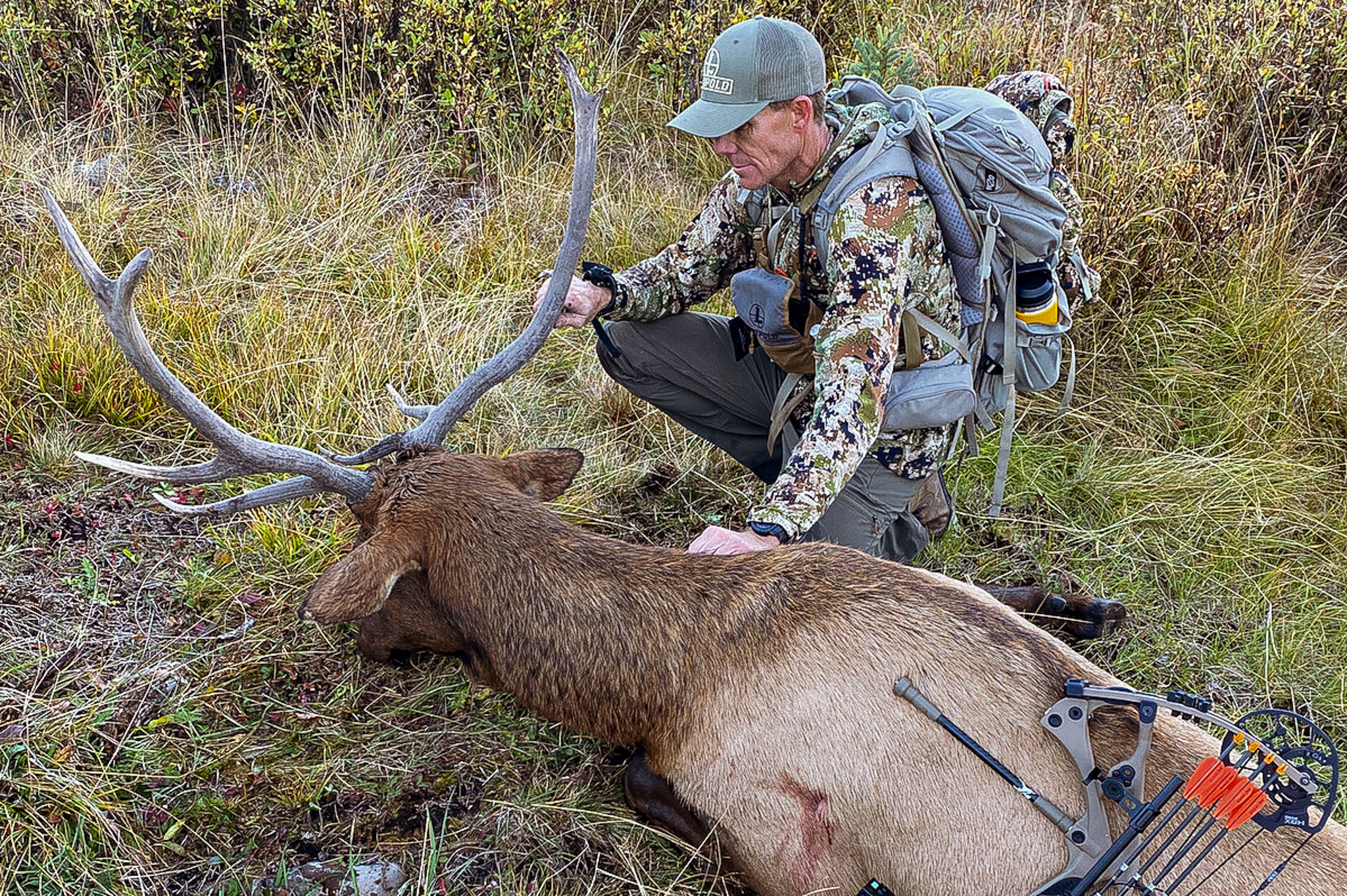
Over the past two-years, I have shot these arrows in practice sessions out to 140 yards and experienced supreme accuracy. They fly quiet, especially when fletched with a lower-profile vane, and punch deep into foam targets even at longer distances.
The Animal
What I love about the 4MM Axis Long Range is you won’t find an animal or situation it’s not suited for. With this arrow, I’ve smashed turkeys, elk, mule deer, pronghorn, bear, white-tailed deer, hogs, and a Rocky Mountain Bighorn Sheep. The micro-diameter build tracks ideally behind a quality broadhead. I use SEVR’s Titanium 1.5 on almost every animal besides turkey and whitetail (I go with the SEVR 2.0), and I love the results I get. The SEVR carves a clean path, and because the arrow’s diameter is micro, it tracks behind the broadhead, reducing contact with bones, organs, and flesh.
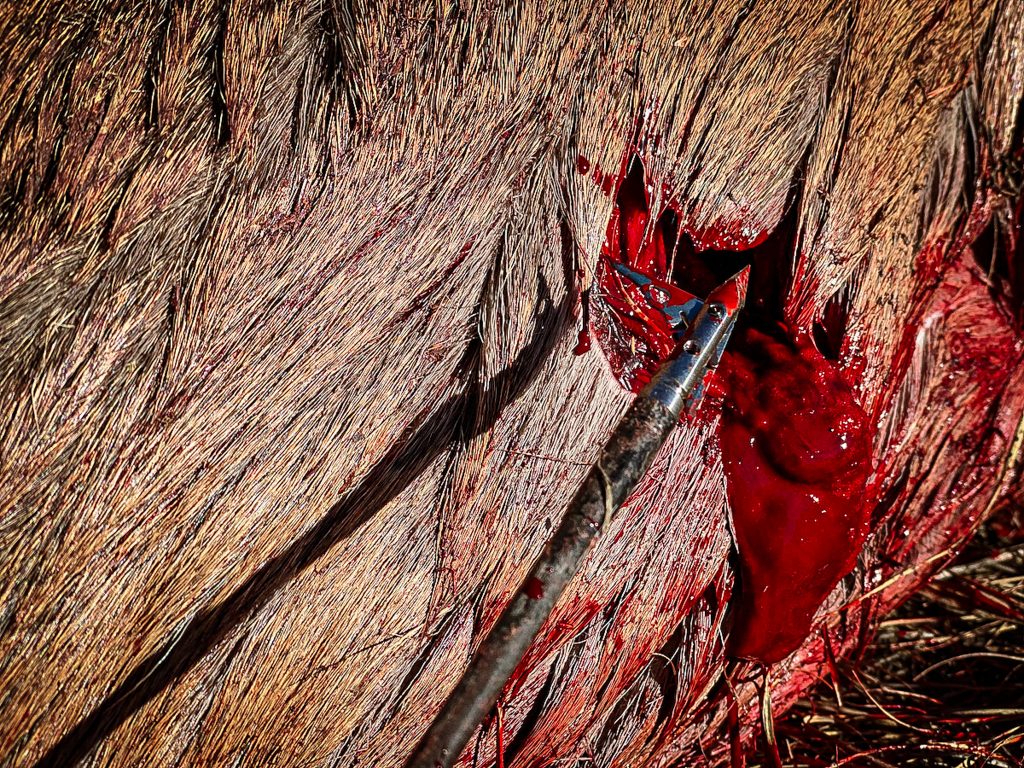
In 2021, I harvested my once-in-a-lifetime Rocky Mountain Bighorn Sheep with this combo, and at a distance of 64 yards, blew totally through a mature ram. These sheep are all muscle, and this combo ate him up. A handful of days later, I sent an Axis 4MM Long Range through a pronghorn at 34 yards in gale-force winds.
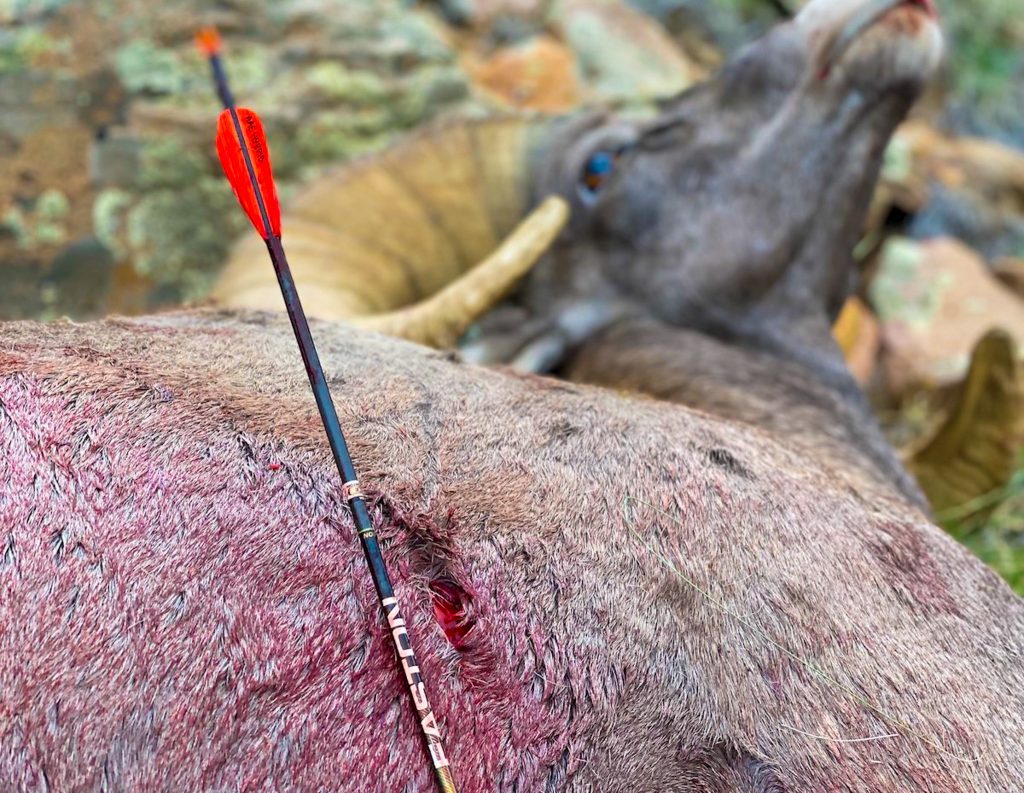
This is my go-to arrow, and is typically what fills my quiver. My only exception is sometimes, not always, but sometimes, I like to go with the 4MM FMJ to add a little arrow weight and quiet my arrow down even further when hunting whitetails.
Now is the time to start prepping for fall. Get some excellent arrows, not some good ones, and experience accuracy like never before.
